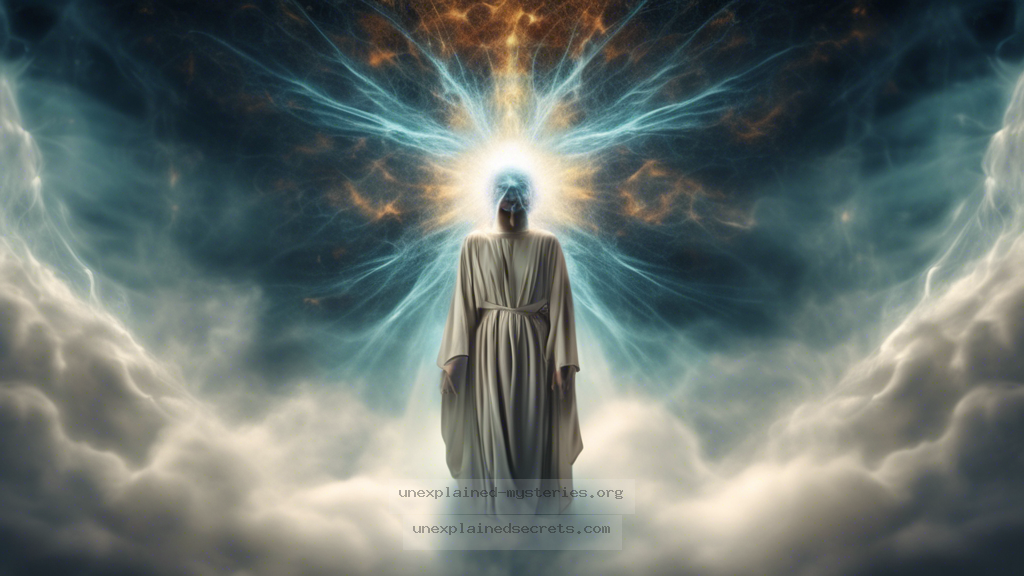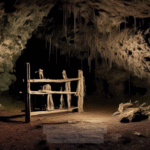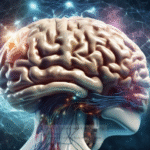Is Consciousness Truly Irreversible After Clinical Death? Exploring the Enigma of Near-Death Experiences
Is Consciousness Truly Irreversible After Clinical Death? Exploring the Enigma of Near-Death Experiences
The phenomenon of near-death experiences (NDEs) has captivated the human imagination for centuries. These experiences often involve individuals reporting vivid sensations, out-of-body experiences, and encounters with deceased loved ones following a near-fatal event. A compelling question arises: Is consciousness truly irreversible after clinical death? Understanding this mystery could reshape our views on consciousness, life, and what lies beyond death itself.
Introduction: The Significance of the Question
The investigation of consciousness and its relationship to physical death is a profound inquiry that touches on spirituality, philosophy, and science. Near-death experiences provide a unique view into what might occur when the brain ceases functioning, yet individuals report experiences that suggest consciousness persists. This question matters not only for personal beliefs but also for the broader understanding of human existence and the potential for life after death. 🌌
Historical Context of Near-Death Experiences
Throughout history, reports of near-death experiences have been documented across various cultures. From ancient Tibetan texts to modern-day clinical reports, the consistent themes in these experiences raise intriguing questions. In the 20th century, Dr. Raymond Moody’s book “Life After Life” popularized the term “near-death experience,” compiling testimonies from individuals who had brushed with death. His work ignited a wave of interest and research into the phenomenon, leading to a more systematic examination of NDEs and their implications. 📜
Core Concepts of Near-Death Experiences
Near-death experiences typically encompass a range of phenomena, including:
- Out-of-body experiences (OBEs): Individuals report feeling detached from their physical bodies, often observing medical personnel attempting to revive them.
- Life reviews: Many report a rapid replay of their life events, often accompanied by feelings of judgment or understanding.
- Encounters with deceased individuals: It’s common for people to describe meeting friends or family members who have passed away.
- A sense of peace or euphoria: Many NDErs describe profound feelings of love and acceptance during their experience.
These elements suggest that consciousness may not be tied strictly to brain activity, challenging the conventional understanding of life and death. 🧠💭
Scientific Research and Evidence
Scientific interest in NDEs has grown significantly, leading to various studies aimed at understanding the experiences. Research by Dr. Sam Parnia and his team at NYU Langone Medical Center has explored whether patients can retain consciousness during clinical death. Their studies indicate that some individuals have reported accurate perceptions of their surroundings during periods when they were clinically dead—evidence suggesting consciousness may continue beyond traditional definitions of life.
- In a 2014 study, 40% of patients who had NDEs reported specific details of their environment that were later verified.
- Experiences reported during NDEs often include sensations of warmth and love, which are consistent across cultures.
Practical Implications of NDEs
The implications of NDEs extend beyond personal anecdotes; they challenge medical ethics, end-of-life care, and the understanding of consciousness. For instance, if consciousness can exist independent of the body, it raises questions about how we treat patients who are pronounced “dead” but may still have experiences. Healthcare professionals may need to consider the potential for consciousness during resuscitation efforts, leading to a shift in how end-of-life care is approached. ⚕️
Alternative Perspectives on Consciousness and NDEs
While many view NDEs as evidence of life after death, skeptics argue that these experiences can be explained through physiological processes. Some suggest that NDEs result from neurochemical changes in the brain during trauma, such as the release of endorphins or the brain’s oxygen deprivation leading to hallucinations. This perspective maintains that consciousness is a product of brain activity, and once brain function ceases, so does consciousness. 🧪
Common Misconceptions and Clarifications
Despite the growing body of evidence surrounding NDEs, misconceptions persist. Here are some clarifications:
- Misconception: All NDEs are positive experiences.
- Clarification: While many report blissful experiences, others describe distressing or negative encounters, known as “unpleasant NDEs.”
- Misconception: NDEs are merely hallucinations caused by a dying brain.
- Clarification: While some NDEs may include hallucinations, numerous accounts involve verifiable observations that occurred during clinical death.
Best Practices for Investigating NDEs
For those interested in exploring the phenomenon of NDEs, a thoughtful approach is essential. Here are some best practices:
- Conduct thorough literature reviews to understand existing research and theories.
- Engage with both scientific and anecdotal evidence to create a comprehensive understanding.
- Consider qualitative research methods, such as interviews with NDErs, to gather personal accounts.
- Collaborate with professionals from various fields, including neuroscience, psychology, and spirituality, to foster a multi-disciplinary approach.
Future Developments and Ongoing Research
As interest in NDEs continues to grow, ongoing research aims to delve deeper into the nature of consciousness and its possible persistence after clinical death. Organizations such as the International Association for Near-Death Studies (IANDS) are dedicated to studying and promoting understanding of NDEs. New technologies, such as neuroimaging, may further illuminate the brain’s activity during near-death experiences, providing insights that could bridge the gap between science and spirituality. 🚀
Conclusion: The Journey Beyond the Veil
The question of whether consciousness is truly irreversible after clinical death remains one of life’s most profound mysteries. Near-death experiences challenge our understanding of life, death, and consciousness, suggesting that there may be more to our existence than what meets the eye. While scientific explanations continue to emerge, the spiritual implications of these experiences offer a sense of hope and wonder about what may lie beyond. As research progresses, we inch closer to unraveling this enigma, reminding us that the journey of understanding consciousness is far from over. 🌈
Other Articles
Recent Posts
- What Happened to Flight MH370? The Conspiracy Theories That Still Haunt Us
- What Secrets Lurk Within the Walls of the Infamous Trans-Allegheny Lunatic Asylum?
- What Evidence Supports the Existence of Bigfoot in the Pacific Northwest?
- What Happened to the Indus Valley Civilization? Unraveling the Mysteries of Ancient Urban Life
- Can Telepathy Be Scientifically Proven Through Laboratory Evidence?







